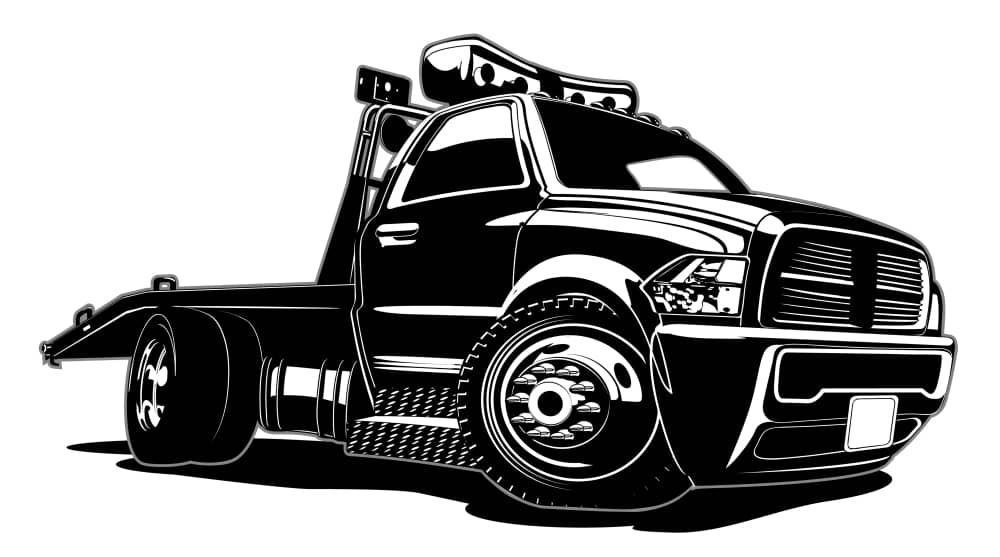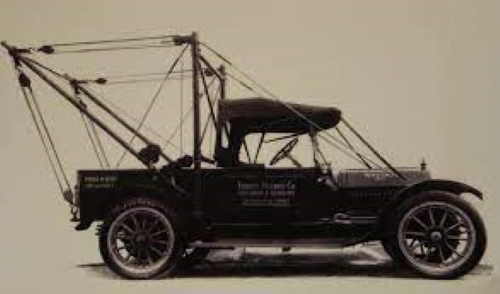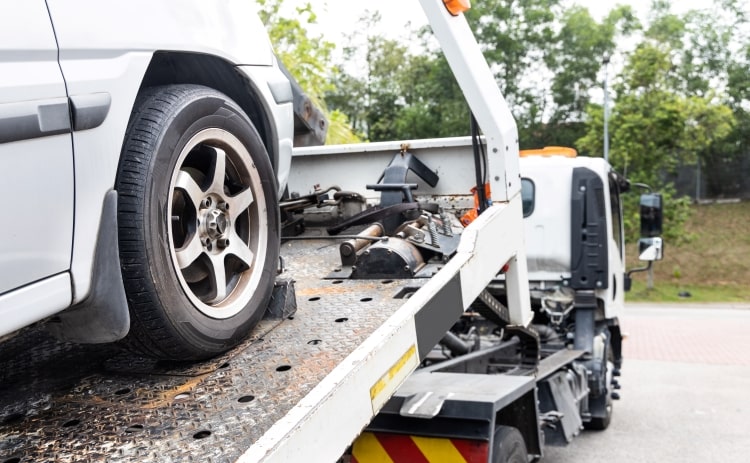Even though they don’t cross our minds until we need them, tow trucks make our lives easier. These professional drivers recover vehicles when there are road accidents and catastrophes. Without them and their tow trucks, modern-day travel would most likely be different and perhaps tricky and dangerous.
Tow trucks are essential in Australia and all around the world. They have come a long way since the invention of the first ever tow truck. If you’re fascinated by different kinds of vehicles just as we are, you’d probably want to know more about tow trucks and their colourful history.
So, let’s get into it.
The Beginning
The history of tow trucks can be traced back to World War I. Captain Robert Wolf served as the chief of Army research and development for the Austro-Hungarian Army. He advocated for army mechanisation and later wanted an artillery tractor to aid combat during the war.
Wolf approached Ferdinand Porsche, the chief engineer at Austro-Daimler, an Austro-Hungarian automaker. Porsche had already developed a four-wheel armoured car, known as the M 06, but Wolf was looking for more. He specifically asked for a dozen tractors that could tow large mortars. That’s when the M 08 was created in 1908. It had a sizeable hauling device on the rear platform, making it an excellent recovery vehicle for other automobiles during that time.
The Official Backstory of How the First Tow Truck was Invented
Just eight years after the M 08 was developed, people in the US were mostly driving Cadillacs, Buicks, and Ford Model Ts. The year was 1916 when a man driving lost control of his Tin Lizzie. The old, rundown Tin Lizzie crashed into the Chickamauga Creek in Chattanooga, Tennessee. Lucky for him, a seasoned mechanic named Ernest Holmes Sr was in the area and devised a way to pull the vehicle out of the water.
Some say the man in trouble was Holmes’ friend, but others said it was his. Regardless, the more important question is this: what did Mr Holmes do at that time? He took ropes, blocks, and beams to retrieve the drowning car from the water with the help of plenty of manpower. Ernest Holmes Sr may not be Sherlock, but he had a creative and entrepreneurial mind. Upon seeing how stranded motorists could benefit from the contraption, he set out to build a more effective way to help them.
And just like any invention, the humble tow truck was constructed out of necessity.
If At First, You Don’t Succeed…
The initial attempt began in 1913 when Ernest Holmes Sr and two of his friends, Elmer Gross and L.C. Decker, built the prototype.
Using a series of pulleys, along with a Cadillac chassis and a metal tube frame, the device aimed to alleviate the weight of a heavy vehicle being pulled or towed. Granted, the creation was not a humongous wrecker like the ones we see today. Nevertheless, it was a good idea for a purely utilitarian purpose.
The prototype, however, had one problem: stabilisation. The truck pulling the other vehicle was not stabilised enough when tested. This failure prompted Holmes to hit his drawing board again.
This time, he gave more focus on equilibrium. His idea was to enhance the pulling truck with a set of stabilising feet installed on both sides of the vehicle. Those feet were similar to outriggers found in some cranes. There were still minor and major issues, including L.C. Decker, who lost an eye whilst in a service centre. However, the invention worked well since the tow truck did not tip over during the tests.
By 1919, Holmes had already perfected the design and came with a sturdier 1913 Locomobile chassis. This change in the framework was due to the inability of the tow truck to stay on top of a Cadillac chassis. That same year, he secured a patent and introduced the Holmes 485.
Tow trucks were already in great demand, so it was easy for the base vehicle to get sold. Holmes received $6,000 for the transaction, which was an astronomical figure during that time, especially for an automobile. It’s equivalent to $89,000 or almost A$129,000 in today’s world. However, the original vehicle on exhibit is approximately worth a whopping $250,000 (A$361,794.50).
More Tow Trucks on the Road
Thousands of tow trucks or wreckers, breakdown trucks/lorries, or recovery vehicles were developed to be used during World War II. The vehicles were not only operated by the US Army but also by Britain and France. The company continued thriving even during the Great Depression. There were, of course, numerous challenges, including Ernest Holmes Sr finding it impossible to locate materials to manufacture the trucks. Nevertheless, he was able to secure a government contract that protected his business and income during the war.
Unfortunately, Holmes suddenly died of a heart attack in 1945, which halted production only for a little while.
Before his death, he had two models of these wreckers:
- Holmes 680, the first tow truck but was too pricey to be commonly used
- Holmes 485, which cost $485, became a successful creation
- Holmes W-45, a truck exclusively for use in the US Army in 1942 during World War II
Jerry Holmes, Ernest’s grandson, picked up where he left off. The legacy continued for almost 35 more years, thanks to Jerry’s leadership.
A hydraulic tow truck was one of Jerry’s plans. Still, just like his grandfather’s first attempt, it was a colossal disappointment. He abandoned the idea, but it would later be revisited about 20 years later.
Tearing Down the Tow Truck Mould
Holmes’ original company was acquired by the Dover Corporation in 1973 for $64 million. But Jerry wanted to continue making new trucks, including his pet project, the hydraulic tow truck. Jerry started a new company called The Century Wrecker Co with his brother Brian.
The year was 1975. Six hydraulic trucks were sold. They’re certainly not a huge hit, but sales eventually picked up the pace. Word got out that these new trucks were more powerful and efficient, cementing their place in the towing industry. By 1987, Jerry’s company was more prominent and had about 300 employees before The Century Wrecker Co closed.
Towing Trucks Today
For decades, tow trucks utilised a boom winch with the traditional hook-and-chain system to pull and tow vehicles. In the late 1960s, a wheel lift type of the tow truck was created by the Weld Built Body Co. This system involved the use of a wheel lift that supported the drive wheels, meaning hooking the vehicle was no longer a necessity to lift them off the ground. Towing a front-wheel drive, for example, would require lifting those wheels to be effective.
When it comes to safety, the most notable is probably the flatbed tow truck. The first ever of its type was devised almost 100 years ago. The modern ones that we see and use today can move vehicles that a two-wheeler cannot do. A tilt tray tow truck is typically the best option for most road accidents or incidents where the other vehicle cannot be operated.
Today, tow trucks have improved, especially when it comes to their lifting and towing capacities. Although we have more robust and better lorries, the towing industry remains unchanged. The mission is still the same: to make the recovery of abandoned or rendered inoperable vehicles due to an accident or mechanical failure easy and fast.
But remember that towing companies are not built the same. Be sure to choose a professional service. Choose a company with updated and properly maintained vehicles operated by insured and certified professionals. Whenever you need help in towing a heavy commercial automobile or disabled vehicle, all you need to do is to contact Fast Sydney Towing.






